An online marketplace website is a platform that connects buyers directly with the sellers.
Many businesses/brands can sell their products/services to consumers through a marketplace website or mobile app.
The sellers have to pay a small fee for every customer purchase as a service charge to the marketplace for providing a convenient platform. The market size of online marketplaces is growing due to the increasing demand for online shopping and instant deliveries.
And also because of how practically possible it is for anyone to create a marketplace.
Online marketplace industry analysis as per Shopify Plus & Statista indicates that its global value will reach $5 trillion in 2022 compared to $4.9 trillion in 2021.
But how do you create an online marketplace website? What is the average cost of creating a marketplace website and mobile app? How to ensure continuous revenue for your marketplace?
You will have to understand every aspect of online marketplaces to understand these points. And it is best to start with the basics to comprehend the advanced factors.
Types of Marketplaces
You can build a marketplace platform either by hiring an onshore or offshore development team. But the first thing you will have to determine before anything is the kind of marketplace you want.
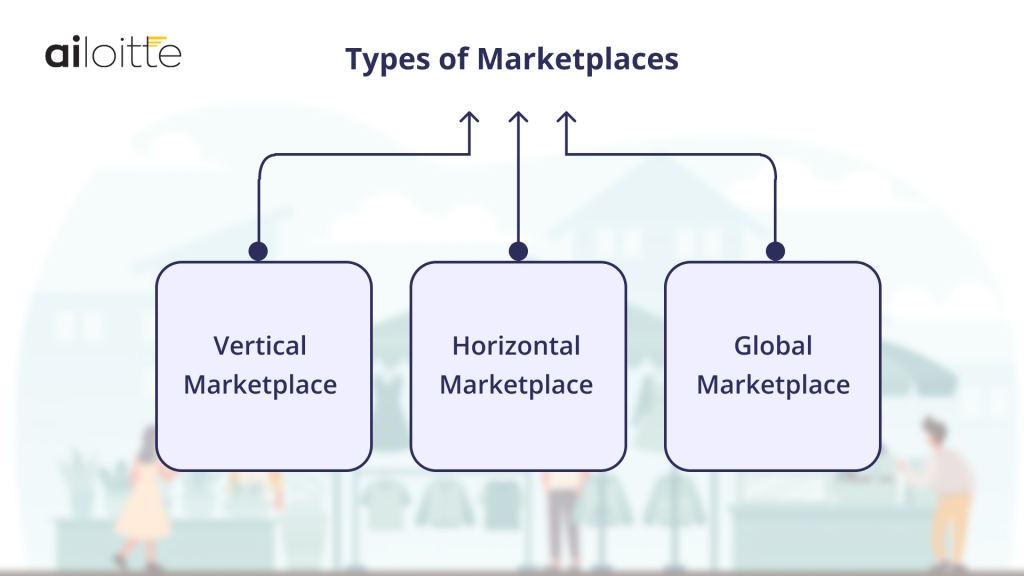
1. Vertical Marketplace
Vertical marketplace offers specific types of products and services. Such marketplaces have a single niche to follow and a smaller target audience.
It also helps sellers/businesses solidify their brand image and increase revenue with limited customers and better sales.
A mistake in choosing the wrong niche for a vertical marketplace can lead to a loss of both money and time. You have to choose a niche that can interest and serve a larger target audience.
Uber, Airbnb, TaskRabbit, StockX, and TrueFacet are some examples of vertical marketplaces.
2. Horizontal Marketplace
Horizontal marketplaces stand out by providing a great range of products and services. They are an all-in-one stop for consumers.
Horizontal marketplaces offer all categories of items and services to thousands of customers.
The major disadvantage of the Horizontal marketplace is that it is a highly competitive market.
You have to offer something unique to stand out while providing a variety of horizontal marketplace. And choosing a specific target audience is next to impossible for the horizontal marketplace.
Every product or service can couple with a new trend or festival. And a horizontal marketplace has to make creative marketing strategies for all those occasions.
Amazon, Etsy, Couchsurfing, and DogVacay are a few examples of Horizontal marketplaces.
3. Global Marketplace
Global marketplaces are available in multiple countries around the world.
A global marketplace can follow the business models of both vertical and horizontal marketplaces. Its ability to offer the same products/services in numerous countries makes it distinctive.
Cultural barriers and legal restrictions in various countries are the major cons of global marketplaces.
Amazon, Etsy, eBay, and AliExpress are popular global marketplaces.
Crucial Features for a Marketplace
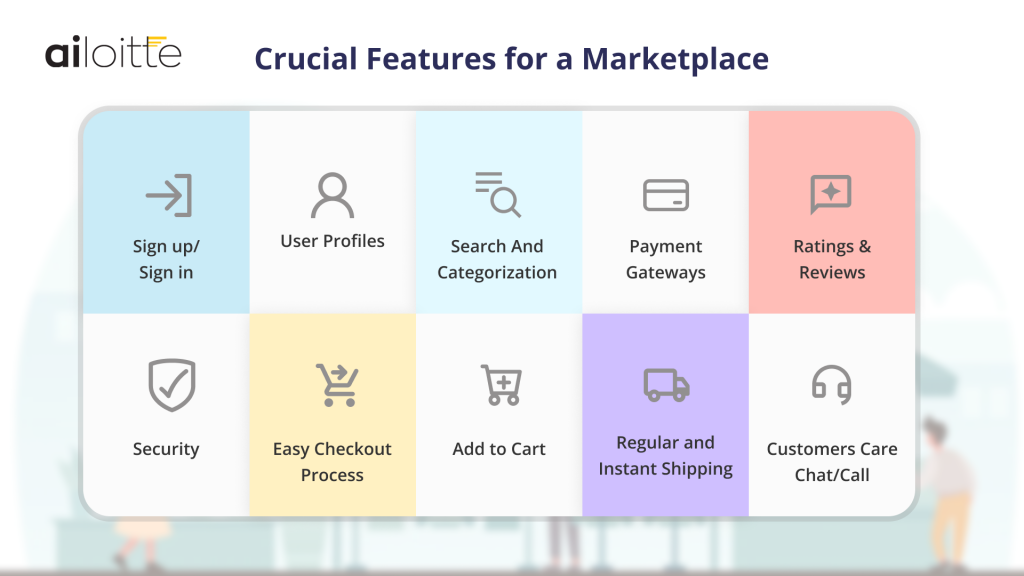
1. Sign up/Sign in
Your marketplace will need an easy sign-up and sign-in feature for users.
Make sure the duration of the sign-up process is within 3 minutes. Users will get distracted or lose interest if it takes more than that.
2. User Profiles
This feature will help customers and vendors save their information. Customers can save delivery addresses, wish list products, previous orders, and payment methods in the profile.
Vendors can also provide details about the business and the payment modes accepted in their business.
They should also get a dashboard in their profile to manage products, shipping processes, product exchange requests, and customer feedback/complaints.
3. Search And Categorization
Users must get a search feature with a filter to quickly find desired products and services.
Your marketplace should also categorize all the products and services in order. It will make things easy for the customers to find and buy such products/services.
4. Payment Gateways
Your marketplace must have various payment modes for customers to pay for the products/services.
Include payment modes like PayPal, Braintree, Stripe, and Google Pay. Multiple payment gateways make things more convenient for both customers and vendors.
5. Ratings & Reviews
Most customers check ratings and read reviews before even taking a good look at products/services.
That is why ratings and reviews are the most essential marketplace website features. Vendors can also improve their reputation with this feature.
6. Security
You must ensure top-of-the-line security for your marketplace.
Make sure your website conforms to PCI compliance to protect user financial data. And acquire SSL certification to create a secure connection between the browser and server.
Create strict policies for the protection of consumer data.
7. Easy Checkout Process
Customers should be able to pay and checkout effortlessly with the product/service they have chosen. Many customers will pause or reconsider if the checkout process takes too long to complete.
Provide familiar payment modes like Stripe, PayPal, and Braintree at the checkout.
8. Add to Cart
Consumers must be able to add multiple products/services to the cart to buy them all at one time or later.
9. Regular and Instant Shipping
A marketplace that offers instant or timely deliveries impacts consumers positively.
Consumers are more likely to choose your marketplace if your deliveries are quick and on time.
10. Customers Care Chat/Call
Buyers and sellers should be able to talk to customer care through chat or call when they need help.
They can ask about products, website/app updates, how-to guides for vendors, exchanges, faulty products, and refunds.
Additional Features (Advanced)
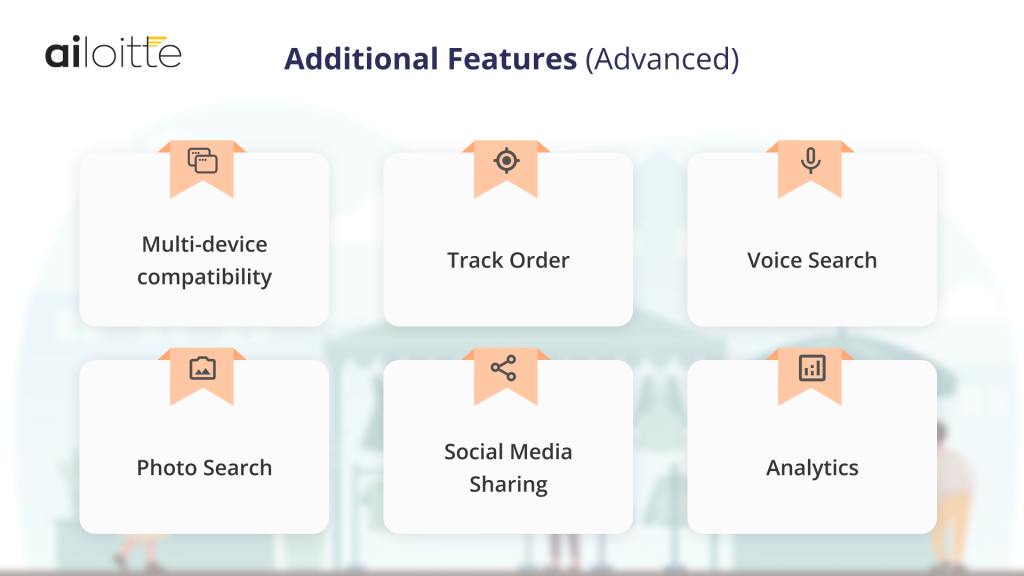
1. Multi-device Compatibility
Optimize your marketplace for multiple mobile devices, tablets, PCs, and laptops. Most users prefer a website they can access from every device they have.
2. Track Order
Consumers can get regular updates about their orders. It makes the whole buying experience convenient for them.
3. Voice Search
The number of consumers using a voice command to search increases every day. Providing this feature will help your marketplace keep up with the latest trends.
4. Photo Search
Photo search is an advanced feature that helps customers look for a product with only a product picture or something related to it.
This feature will give a contemporary edge to your marketplace website as well.
5. Social Media Sharing
A feature to share a specific product or service from your website on social media will promote your site and the vendor’s business/brand.
Make sure you provide social media sharing options for platforms like Instagram, Twitter, Reddit, LinkedIn, and Facebook.
6. Analytics
Analytics of the marketplace will help the admin monitor vendor/buyer activity and progress on the platform.
Vendors may also benefit from this feature by monitoring customer interactions with their products/services.
How to Build an Online Marketplace?
Make a strategic plan to create a marketplace website like an expert. And how can you begin?
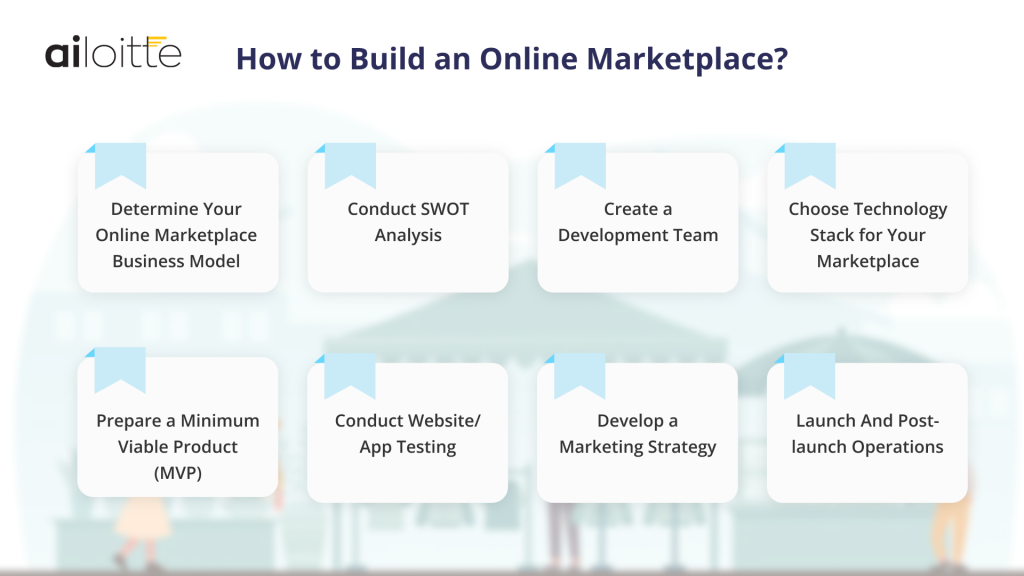
Determine Your Online Marketplace Business Model
You can choose one business model or create an all-in-one business model marketplace website. Here are the business models you need to consider and choose from:
- Peer-to-Peer (P2P)
It is also known as the customer-to-customer model. P2P marketplace platforms provide every user with a platform to sell or purchase goods and services.
Etsy, Uber, Amazon, eBay, and Upwork are great examples of the P2P model.
Established and popular brands are not allowed on P2P platforms. Only individual sellers can advertise, sell, and buy products/services.
- Business-to-Customer (B2C)
The B2C model provides a platform where businesses and brands sell products/services directly to customers. Amazon is also a great example of the B2C model.
- Business-to-Business (B2B)
B2B marketplace is a platform for businesses/organizations to sell or purchase goods/services from other organizations. Alibaba and Upwork are some examples of B2B marketplace platforms.
You have to determine the business model that suits the needs of the marketplace you are about to build.
It is beneficial to go with an all-in-one business model for your marketplace. They provide a large customer base and better revenue.
Conduct SWOT Analysis
You must list all the problems your marketplace will solve once after launch.
And make sure you also know the answers to the questions mentioned below:
- How many competitors does your marketplace have?
- What is different or unique about your marketplace?
- How will the latest or upcoming trend affect your marketplace?
- What are the risks of starting or failing to manage a marketplace business?
- What resources do you have? And which can you acquire if necessary?
- Are there any upcoming laws or regulations in your business locations that may damage your marketplace business?
These are just some of the many questions you will have to analyze. A thorough SWOT analysis will help you build a well-established marketplace business.
Create a Development Team
Whether you choose an in-house team or outsource will determine many factors related to your marketplace.
An in-house team is costly and time-consuming. And it takes extensive technical knowledge or the help of a chief technical officer (CTO) to recruit the right team. But you will be in total control of your project with an in-house team.
Outsourcing web and mobile app development for your marketplace website to offshore developers is an economical option. Because hiring an experienced website development company is easier than recruiting one by one.
All you need to do is be extra thorough during the interview and ensure that the offshore developers are reliable. And provide enough portfolios and positive testimonials from previous projects.
A well-known benefit of offshore developers is that they can handle every marketplace development process.
Such a team will develop the website, conduct its testing, provide a marketing strategy for it, launch it, and provide post-launch support for it as well.
Your marketplace development team may involve UI/UX designers, front-end developers and back-end developers, project managers, full-stack developers, quality assurance engineers, marketing strategists, android and Swift developers, and product managers.
You will need more experts depending on your requirements. That is why it is best to go with professional offshore developers for this job.
A skilled development team will also help you understand whether your marketplace can benefit from open-source software or a no-code approach to make things easy for you.
Choose Technology Stack for Your Marketplace
Marketplace development needs various technology stacks if you expect a close-to-perfect final product. You either need a thorough understanding of tech stacks or get an expert to figure it out.
Here is a list of tech stacks you may need for your marketplace:
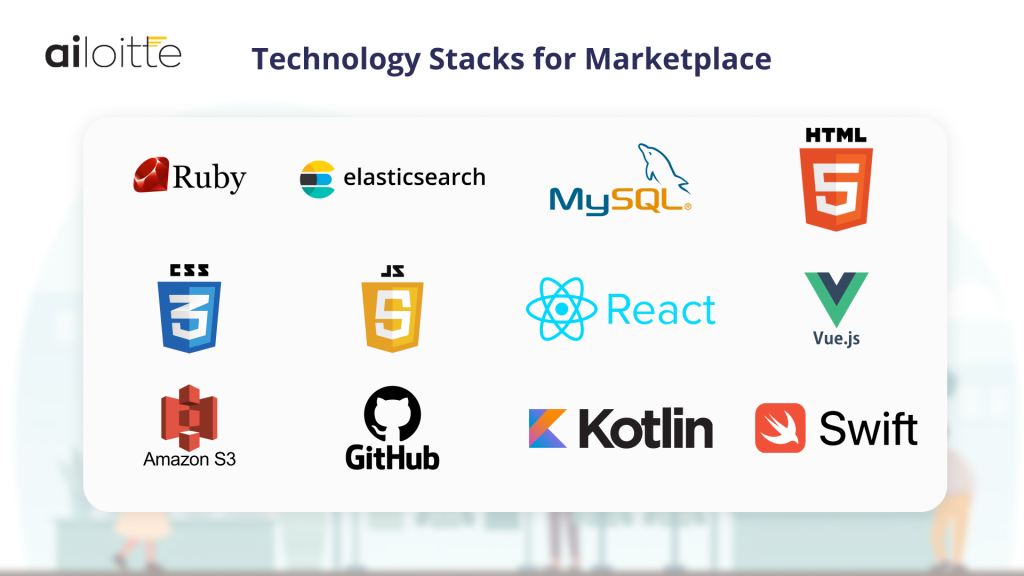
Prepare a Minimum Viable Product (MVP)
It’s economical to start with the MVP version of your marketplace website and app. Start with the core features and grow on that with advanced developments. It will be expensive if you start with the complex/multi-feature marketplace.
A professional development company will also suggest you move forward with the MVP version. It also gives you an idea of how your marketplace will perform with advanced features or how many improvements it needs.
How To Build An MVP: Guide On Planning, Process & Launch
Conduct Website/App Testing
Offshore development can effectively manage this part of the development process. Testing is essential to ensure your website/app can perform well and has no bugs/errors.
You will need an expert testing team to do this with productive outcomes.
Develop a Marketing Strategy
A marketplace business is one of the most competitive businesses right now. You will need a foolproof marketing strategy to ensure the success of your marketplace before its official launch.
You can either hire a separate marketing strategist to get this done or get offshore developers that come with an all-in-one package.
Make sure the developers have verifiable experience with marketing and can present portfolios of their previous marketing strategies.
Launch And Post-launch Operations
The launch is surprisingly the easiest part of the website/app development. Your marketing strategist will also guide you through this process.
The actual marketplace growth will begin in the post-launch operations. It’s when you will have to deal with negative customer feedback or provide bug solutions and update your marketplace app/website needs.
Many offshore developers also provide post-launch support to make things easier.
How Much Does Marketplace Website Development Cost?
The influential factor that affects the cost of marketplace development is the number of features. The MVP version with only core features will be economical. And the complex version with multiple advanced features costs a lot of money.
The average development cost for the simple marketplace version will be between $68,000 to $80,000. But that will change depending on your feature and design requirements.
Here’s a detailed cost breakdown to help you understand better:
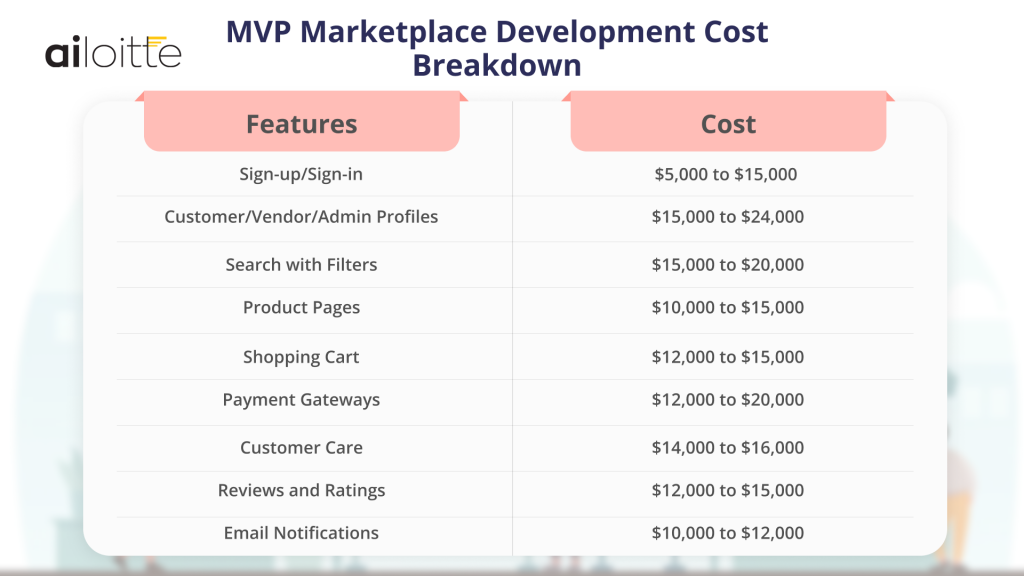
This breakdown puts the overall cost of MVP marketplace development between $105,000 to $152,000.
The cost estimate will increase to $168,000-$290,000 with advanced features like product comparison, voice search, photo search, geolocation, social media sharing, and multi-device compatibility.
How Much Will MVP Development Cost
Top 3 Online Marketplace Platforms
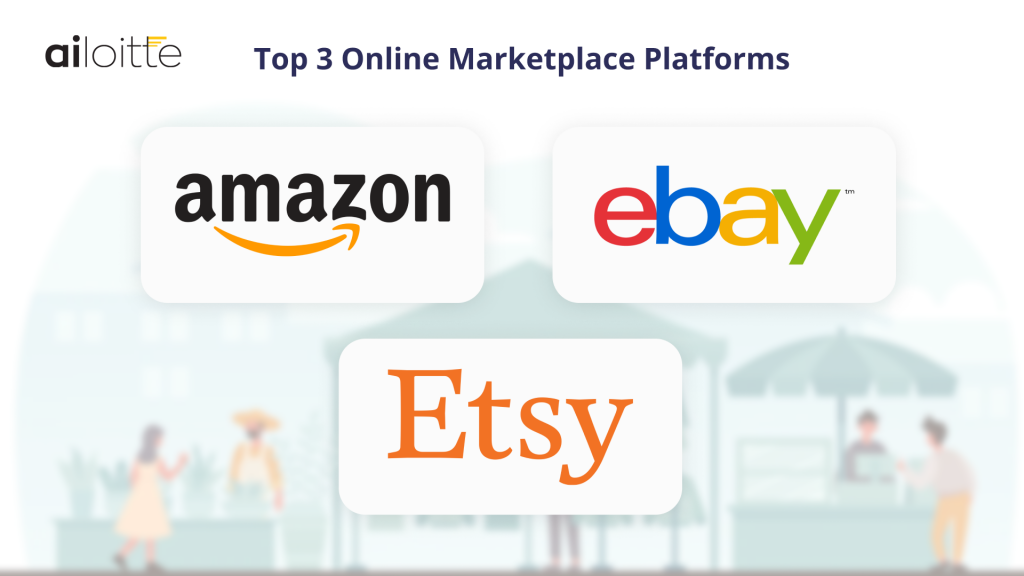
1. Amazon
Amazon is undoubtedly one of the best marketplace platforms in the global market.
According to Amazon’s Quarterly Earnings Reports, its net sales increased 12% to $574.8 billion in 2023, compared with $514.0 billion in 2022.
Statista also forecasts that Amazon’s worldwide net sales are estimated to exceed one trillion U.S. dollars.
2. eBay
eBay’s features to auction, lower fees, and a huge market to do business in have made it a global success.
Macrotrends’ report suggests that eBay revenue for the twelve months ending December 31, 2023 was $10.112B, a 3.24% increase year-over-year.
3. Etsy
Etsy is famous for providing vintage items, craft supplies, and products that are not easy to find anywhere else.
The revenue Etsy generated revenues 2.7 billion U.S. dollars, up from the 2.6 billion generated in the previous year.
Conclusion
All the marketplaces mentioned above have something unique to offer to every user. It is the backbone of their growth and substantial revenue.
Keep them in mind as references or inspiration during the development of your marketplace. Begin by asking yourself how to create an online marketplace like eBay or Amazon. And you will start the development process with a successful approach.
You may also consult a web development company to figure out how to make your marketplace stand out.
Frequently Asked Questions
It costs $105,000 to $152,000 to develop the MVP version of the marketplace website. And the website with advanced/multi-features can cost $168,000 to 290,000.
Marketplaces generate revenue by offering services like featured products, seller product advertising, and a service charge for sellers on every purchase customers make.
A marketplace provides a platform for countless buyers and sellers to conduct their business with reliable security, unlimited options, convenience, and multiple payment modes.
The recommended advice for building a marketplace website from scratch is to talk to a professional website development company. Such companies have experience with the market, the latest trends, and the not-to-do aspects of marketplace development.
Talk to professionals even if you are trying to create the marketplace yourself. The company may guide you in the right direction and help you grow.

















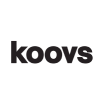
.png)
.png)
.png)



Your point of view caught my eye and was very interesting. Thanks. I have a question for you.